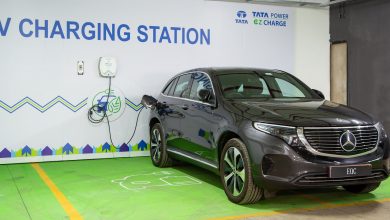India’s EVs & Hybrid vehicles surge: 120% growth & 400% spike

Date: August 22, 2023. India has seen an incredible 120% increase in the adoption of electric cars (EVs). Moreover, there has been a historical 400% increase in the popularity of hybrid vehicles over the past year.
ADAS usage have grown by 350% year over year. Additionally, passenger cars are increasingly incorporating connected and digital cockpit elements, surpassing a utilization rate of 60%, as indicated by a survey conducted by CyberMedia Research (CMR).
EV sales have soared to new heights, driven by increased awareness of environmental concerns and government incentives promoting electric mobility. Advancements in battery technology have contributed significantly to the growth, leading to longer ranges and faster charging times.
Government initiatives, including subsidies and tax incentives, have played a pivotal role. These efforts encourage consumers to make the switch to electric and hybrid vehicles. Moreover, the establishment of a robust charging infrastructure across major cities and highways has alleviated range anxiety. This development has made EVs a more viable option for everyday use.
The report shows that over 90% of Q2 2023 EV sales had smart linked features. Additionally, 15% of hybrid vehicles had digital cockpits. Looking ahead, we expect that by the end of this year, completely electric passenger vehicles will comprise over 5% and will have ADAS technologies. The survey projects that advanced connectivity and digital cockpit features will make up 40% of the industry.
The surge in hybrid vehicle sales underscores the transitional phase India’s automotive sector is currently undergoing. These vehicles combine the benefits of both traditional internal combustion engines and electric power. The Indian automotive market is known for its diversity in vehicle types and preferences. Moreover, it has witnessed an influx of domestic and international manufacturers introducing a wide array of electric and hybrid models to cater to different segments of the population.
Reference Link:



